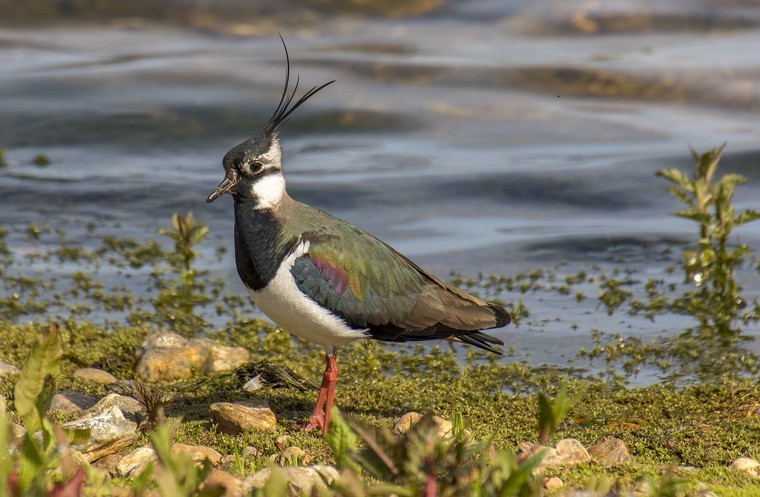A call has gone out to the UK’s farmers, gamekeepers and land managers to take part in the GWCT Big Farmland Bird Count from 4 – 20 February 2022.
“Farmers and gamekeepers are vital in helping to ensure the survival of many of our cherished farmland bird species such as skylark, yellowhammer, corn buntings and wild grey partridges,” said the Game & Wildlife Conservation Trust’s Dr Roger Draycott, who runs the count. “They are responsible for managing the largest songbird habitat in this country on their land, so they are in a position to make a real difference.”
The Big Farmland Bird Count has been organised by the GWCT every year since 2014 to encourage farmers and gamekeepers to support farmland birds and highlight the hard work already done by many of them to help reverse species’ declines. The count also gives a vital national snapshot of the health of the UK’s birdlife.
For the fourth year running 2022’s count is sponsored by the National Farmers’ Union (NFU), demonstrating the farming community’s commitment to conserving farmland birds. NFU president Minette Batters, said: “2021’s results were fantastic with farmers and growers across the country responding to the count in record numbers.
“Not only are farmers producing climate-friendly food, they are also maintaining and protecting the great British countryside, creating habitats for wildlife and additional feeding for farmland birds. I encourage all farmers to get involved in the 2022 GWCT Big Farmland Bird Count.”
2,500 counts were completed in 2021, an impressive increase on 2020 when 1,500 count forms came into the GWCT. And the area covered by 2021’s count was a massive 2.5million acres of England, Scotland, Wales and Northern Ireland, up from 1.4million acres the year before.
“Now we are challenging the UK’s land managers to beat their own record and make 2022’s count bigger than ever,” said Roger Draycott.
Regular participant Richard Bramley, an arable farmer near York, said the GWCT Big Farmland Bird Count gives him an opportunity to “get an idea of what’s going on because a healthy bird population is an indication of a healthy farm.”
To take part
Simply download a count sheet from bfbc.org.uk and spend just 30 minutes between 4 and 20 February counting birds on one spot on farm, plus a few minutes inputting results via the website. Guides to counting and identifying birds, biodiversity-boosting tips, and more details on taking part are all available on the website. Participants are encouraged to share photos or videos of themselves counting on social media using #bfbc.
Boosting biodiversity
For land managers keen to support wild birds, a few small changes can have a significant impact. The GWCT’s Advisory team offers advice on improving biodiversity on farms and shoots.
“Modern farming methods mean that there is often not enough natural food for wildlife left in the countryside in late winter and early spring,” said Roger Draycott. “One of the best ways to support wild and game birds is to provide extra winter seed food. Supplementary feeding is particularly beneficial for birds of conservation concern like grey partridge, yellowhammer and corn bunting.”
The use of ‘conservation headlands’ – wide field margins where little or no pesticides are used – is also very good for farmland birds. Allowing broad-leaved weeds to flourish boosts insect populations which are a key food-source for birds. Planting and managing hedgerows also provides crucial food, as well as nesting habitat and a safe haven from predators.
GWCT advisors also encourage land managers to maintain small wet areas around the farm, such as ditches, scrapes and even old horse ponds. These can help to attract wading birds and provide nesting and foraging sites for a range of birds, including threatened species like snipe and lapwing.
By leaving an area of uncropped, cultivated land farmers can provide suitable nesting and foraging areas for birds which prefer to forage on open ground, such as the red-listed lapwing, skylark, stone curlew and turtle dove.
Pictured: Lapwing ©Nick Lucas




